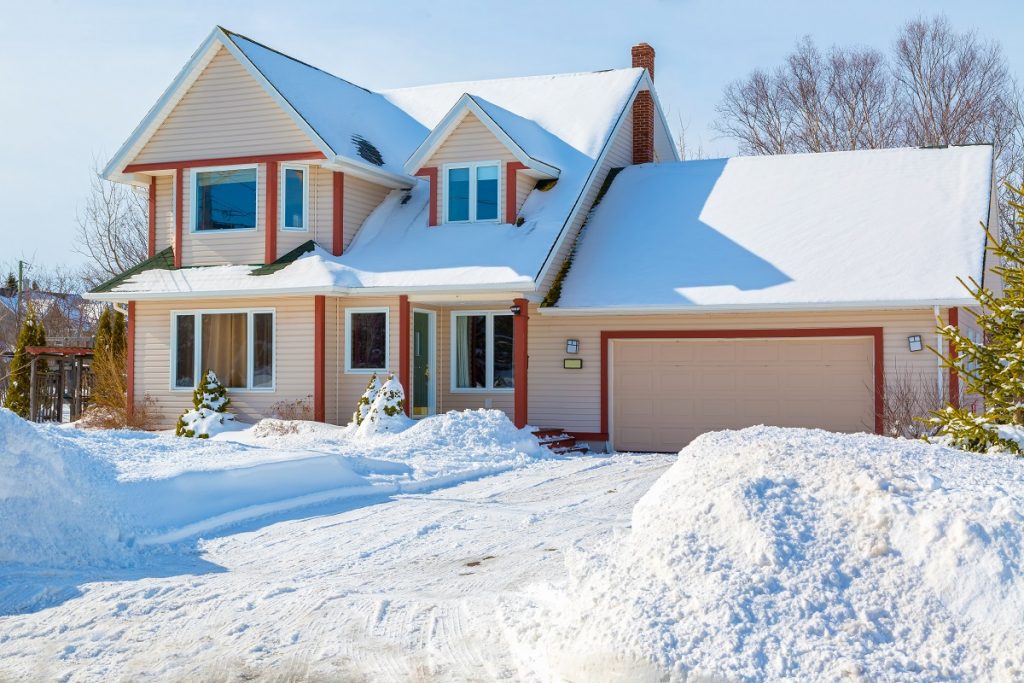Winter offers many fun and interactive activities such as ice skating and skiing. However, if you’re over 12 years old and don’t get as mystified by the magic of snow as you once did, these outdoor recreations won’t be enough to distract you from the multiple downsides of the winter season.
Well, first and foremost, there’s the discomfort brought by the extreme drop in temperature. This leads to decreased productivity or the ‘cabin syndrome’ — that lazy feeling which compels you to just stay home all the time. Road conditions aren’t in tip-top shape anyway, so you’re probably not missing much by deciding to not go out.
However, the biggest worry of the majority is how gas bills surge drastically in wintertime. You can’t compromise your internal heating systems to cut down on costs because that will be detrimental to your health and well-being. Still, there are several things you can do to save money on energy bills during the cold months. Here, we’ll discuss some helpful tips and tricks.
Block all leakage

Leaving your home improperly sealed can cause heat to escape, which is why it’s vital to do a thorough inspection of drafts and leaks in your windows and doors. Sealing your doors’ keyholes is also a good idea to keep the heat trapped inside the house. In addition, it’s suggested that you use weather-stripping and caulking on any penetrable openings and plumbing vents in wires, pipes, and ducts. If you want a longer-lasting output, hire a plumber to mend the leaky ducts in your property.
Accordingly, a field research conducted by the California Energy Commission reported that you can save about 10% on heating bills by preventing leaks. Therefore, don’t ever skip this part when preparing your home for the winter.
Add insulation to your windows
Other than weather-stripping and caulking, you can also add insulation films to your windows to contain hot air. The good news is these plastic films are affordable and easy to apply, so expect some efficient results even if you’re planning to go for the DIY route. Moreover, adding films on your windows can decrease your heating bills by up to 14%.
Invest in a heat pump
Unlike other heating devices and systems, a heat pump only utilises electricity for power, and not the actual generation of heat. Therefore, it provides higher effectiveness at a lower cost. In addition, according to energy service providers, for every unit of electricity that a heat pump uses, it can generate over three units of heat. This capability intensifies the device’s efficiency rate to over 300%.
Moreover, it’s been reported that a typical home uses about 800 gallons of oil every year for heating. Astonishingly, a heat pump can lower that to 300 gallons, which means that heating your home will cost approximately 48% less if you install one in your home. However, if you already have this amazing device, hire a professional for heat pump services like repair and maintenance to keep it well-functioning.
Lower water temperature
Okay, we get it. It’s freezing outside, so there’s no harm in enjoying long hot showers and baths, right? Wrong. Thermostats have internal temperatures that have already been pre-set upon purchase — usually at 140 degrees Fahrenheit. However, you do not need your water that hot and your body will do just fine if you decrease water temperature to about 120 degrees. The U.S. Department of Energy affirms that by simply setting your water temperature at 10% lower, you can cut down your energy bills by 3% to 5%. Furthermore, shorten your showering time, as this can also help you save more on energy costs.
Keeping your dwelling warm during the winter season doesn’t have to break the bank. With just a few tips and tricks, you can plan and take measures on lowering your energy bills.

